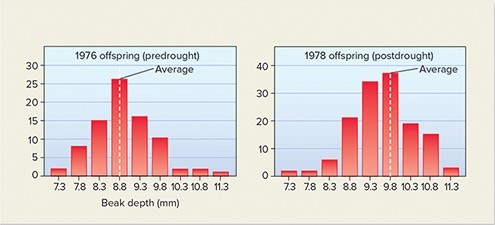Which of the following organisms is a prokaryote?
A) algae
B) archaea
C) fungus
D) protozoa
E) both archaea and protozoa
B
Bloom's Taxonomy: Knowledge
Section: Prokaryotic and Eukaryotic Cells: An Overview
Learning Outcome: 3.2
You might also like to view...
Match the following items:
A) trinucleotide tandem repeats B) tandem repeats C) unique DNA D) interspersed repeats 1) satellite DNA 2) centromeres 3) useful in RFLP analysis 4) Alu family 5) telomeres 6) VNTR 7) Huntington's disease 8) microsatellite DNA 9) myotonic distrophy 10) transposable elements
AgNO3 + NaCl ® AgCl + NaNO3. The AgNO3 in the equation is called a(n)
A. reactant. B. acid. C. product. D. base.
Anything that prevents ATP formation will most likely
A) result in cell death. B) force the cell to rely on lipids for energy. C) force the cell to rely on ADP for energy. D) have no effect on the cell.
Peter and Rosemary Grant study natural selection in finches on the Galápagos Islands. They have hypothesized that dry condition produce larger seeds and may result in larger beaks in succeeding generations of finches. The figure below shows their data from 1976 and 1978. The y-axis is the number of birds measured and the x-axis is the beak depth. Do their data support their hypothesis and why? 
A. No; because in 1976, before the drought, the largest beak depth was still 11.3mm. B. Yes; because the average beak depth of birds in the population increased from 8.8mm in 1976 to 9.8mm in 1978. C. No; more data would be necessary to show a support of their hypothesis. D. Yes; because there were more birds measured in 1978 after the drought, therefore they must have been able to get food and reproduce. E. No; because even though more birds were measured in 1978, the beak size of the upper range was smaller.